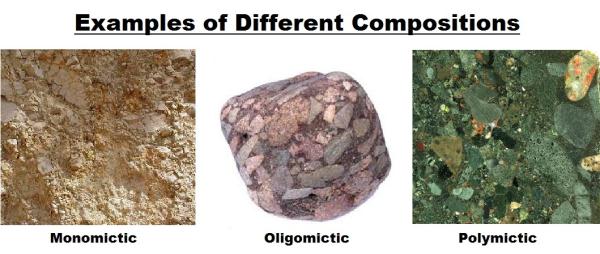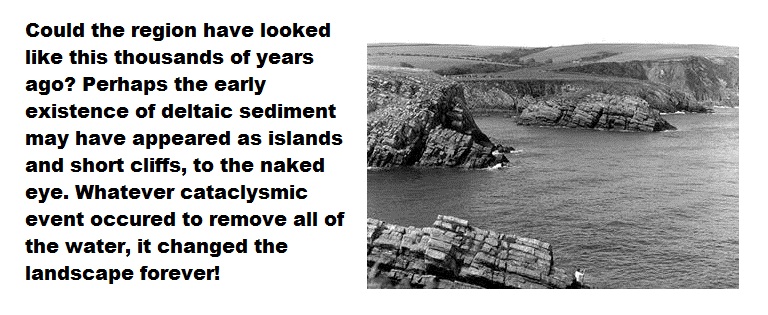Welcome to one of the most unique geological features in
Greece!
Meteora (from the Greek meaning “suspended
rocks”, “suspended in the air” or “in the
heavens above”) is one of the most majestic and beautiful
geological features in the continent. This area was believed to be
underwater long ago and simply put that resulted in these
structures forming naturally. These pillars that stand well over
100m high in some cases, are made of conglomerate and have been
formed over thousands if not millions of years. The wind and water
– that continually present itself due to the climate and
altitude – continue to shape these magnificent
formations!
This a trip that will be worth every moment you can
devote to it, the indescribable qualities of this area are part
have led to the inclusion of Meteora on the UNESCO World Heritage
List in 1988. (visit
link)
What are conglomerate rocks and just how are they formed?
A conglomerate is a type of rock that is made up of components,
kind of like cement. There are very small grains (called matrix)
that act as a ‘glue’ to bond larger individual rounded
rocks and rock fragments. When formed together, they are called
clasts (as groupings) and appear rounded in a range of sizes. The
fact that they are rounded differentiates them from breccias, which
consist of angular clasts. Both conglomerates and breccias are
characterized by clasts larger than 2mm.
There are five types of clast compositions for this type
of rock:
Monomictic – clasts with only a single lithology
(rock type)
Oligomictic – clasts of only a few different
lithologies
Polymictic – clasts of many different
lithologies
Intraformational – clasts derived from the same
formation in which they are found
Extraformational – clasts derived from older rocks
than the formation in which they are found

There are also different size classifications:
Granule (2-4mm)
Pebble (4-64mm)
Cobble (64-256mm)
Boulder (>256mm)
Meteora are composed of various clasts, many of which are
easily identifiable upon close inspection. According to geologists,
this valley was once an enormous lake that was emptied into the
Aegean in one cataclysmic event, when the natural levy collapsed
around today’s Tempe, leaving behind a very fertile and
relatively flat land. At the western edge of this lake, near the
Pindos Mountains, a number of streams formed a delta right where
Meteora is today as they emptied their waters into the lake. Just
imagine how much sedimentary rock and other materials were on the
move when the huge volume of water was able to rush away from this
region in a flash flood. The conglomerate was formed over thousands
of years of stone, sand and mud deposits at the edge of the lake,
and when the lake dried the softer sandstone around it eroded away
leaving Meteora standing.

There height and solitude led to their usage by monks in
the 9th century, as a location to pursue quiet meditation and
worship. They were the first people to actually live in the
structures ofMeteora. They lived in hollows and fissures in these
towers of rock, some of which are over 500m tall! Centuries later,
monasteries would be built atop these pillars. Of the 24
monasteries that once graced these natural pillars, only 6 are in
use today.
The coordinates given will take you close to one of the
look outs from which you can take some breathtaking pictures and
ascertain some of the info that is required to log this cache.
In order to log this cache you must provide answers to
these tasks to me through my profile email, please do not post your
answers in your log:
1. Examine the height of the three closest formations and
approximate the average height.
2. Gather the names of the six monasteries that are
currently active.
3. Find an example of the conglomerate. Examine and
describe the size of the grains/pebbles in the conglomerate or
sandstone that you see. Based on the size and shape of the grains,
where do you think they came from to form these amazing
pinnacles?
Optional:
4. Show us a photo of you with the feature in the
background.
This location is recognized around the world for its
unique contribution to geology and beauty as a result of a mix of
natural events. Enjoy the view and scenery that is a must for any
trip into the heart of northern Greece.


